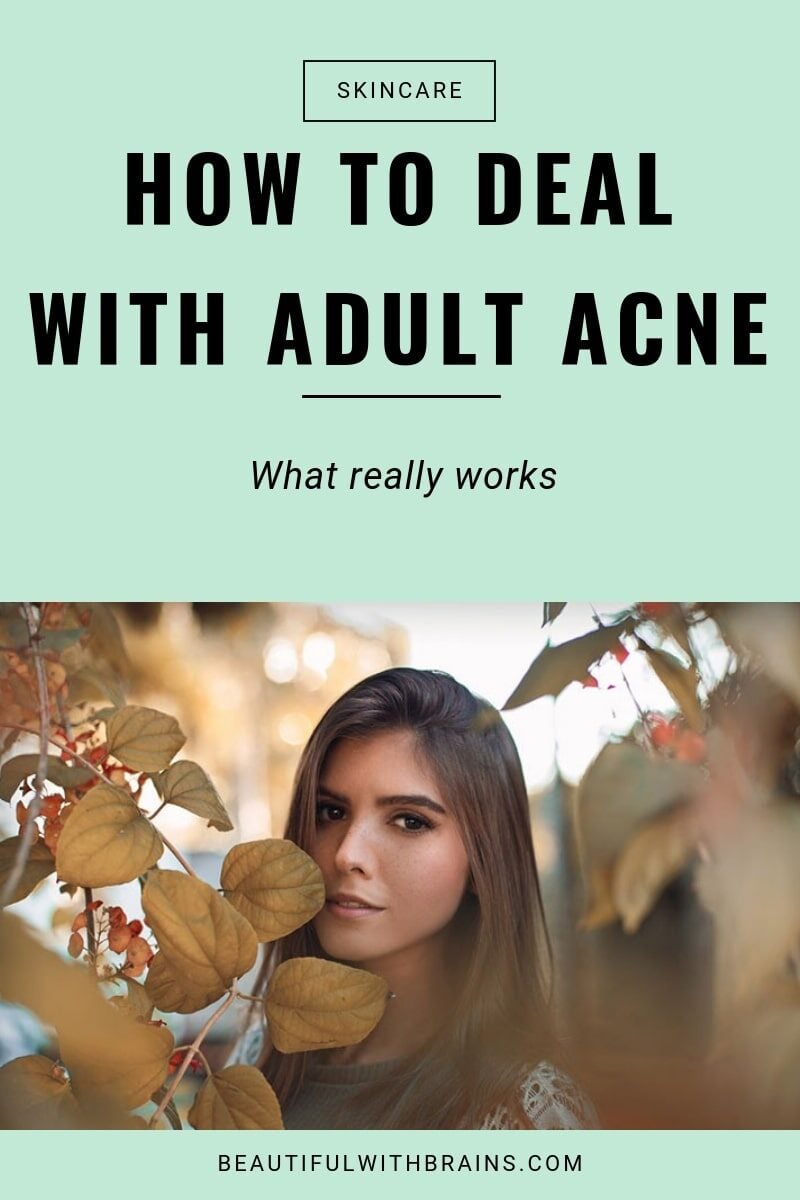
Remember when you couldn’t wait to grow out of puberty so you could finally say goodbye to your acne forever?
That didn’t happen. Now you’re dealing with both adult acne and wrinkles. How unfair can life get?!
If it’s any consolation, you’re not alone. Adult acne is on the rise. It plagues more than 50% of women in their 20s and more than 25% of women in their 40s.
The good news: you don’t have to put up with it. Adult acne is just acne. Once you know what’s behind it, you can get rid of it. So what’s behind it?
What Causes Adult Acne?
Why is acne so much on the rise? Blame it on a modern blend of hormones, diet and bad lifestyle habits:
- Western diet: Certain foods (sugar, dairy, and anything processed) screw up your sugar and insulin levels, triggering inflammation and excessive oil production.
- Hormones: A woman’s hormones are on a rollercoaster ride all her life. Pregnancy, your monthly cycle, even menopause can create an hormonal imbalance that triggers adult acne.
- Makeup: Don’t get me wrong, makeup itself isn’t the problem. It’s when you don’t take the time to remove every last trace of it that pimples rear their ugly heads.
- Pollution: Those nasty particles in the air put an extra layer of crap on your skin that clogs your pores.
- Stress: When you’re under a lot of stress (and who the heck isn’t?), your body releases more cortisol and testosterone. Yep, hormones that trigger the overproduction of sebum. Hello, pimples!
Related: How Pollution Damages Your Skin (And Two Ways To Fight It)
Need help to create a skincare routine that tackles both acne and aging? Click on the image below to subscribe to my newsletter and receive the “Acne + Aging Skincare Routine” cheatsheet:
Now you know what you’re dealing with, here’s a quick guide to prevent and treat adult acne and get your clear complexion back:
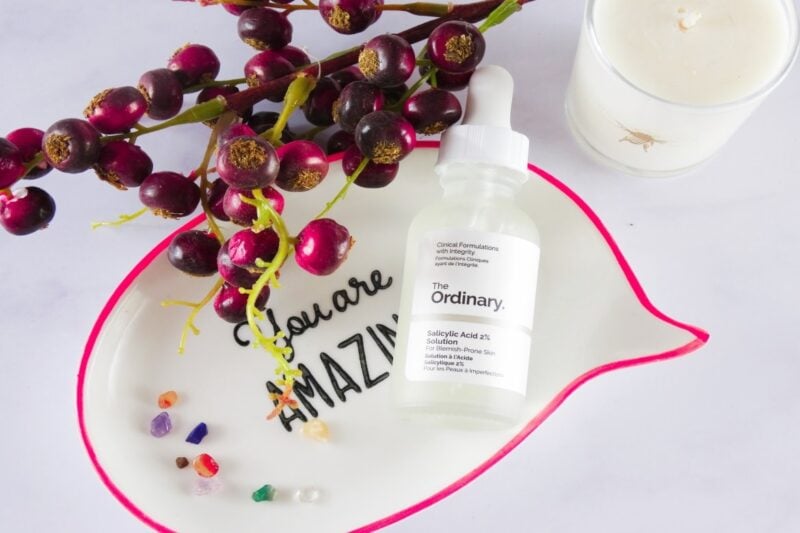
1. Exfoliate Adult Acne Away With Salicylic Acid
Acne begins with clogged pores. Here’s how it goes:
Your skin pumps put too much sebum (your skin’s natural moisturizer). The excess gets stuck in your pores, where it mixes with dead skin cells, forming a sticky goo that clogs pores.
This sticky goo happens to be P.Acnes’ fave food. This bacteria thrives on it. The more clogged your pores are, the more P. Acnes grows and spreads.
There’s no way around this: if you want to get rid of adult acne (and you do!), the first step is starving those little buggers. If they can’t eat, they can’t multiply, right?
Enter salicylic acid. Also called Beta Hydroxy Acid (BHA), this multitasking exfoliant treats acne in three ways:
- Exfoliates: Salicylic acid dissolves the glue that holds skin cells together, so they get off your skin instead of falling into your pores and clogging them up.
- Unclogs: Salicylic acid is oil-soluble, so it can get inside your pores and get rid of that sticky goo P.Acnes loves to munch on.
- Soothes: Salicylic acid has anti-inflammatory properties that reduce redness and irritation (another cause of acne).
If you have oily skin, you can get away with using salicylic acid every single day, either morning or night. Dry skin? Three times a week is enough for you.
P.S. Salicylic acid isn’t a one time deal. If you’re serious about keeping those pesky pimples off your face, you need to keep using it long after the breakouts are over.
Best Picks:
- Drunk Elephant T.L.C. Framboois Glycolic Night Serum: available at Cult Beauty, Sephora and SpaceNK
- Paula’s Choice Resist BHA 9 Targeted Solution ($43.00): available at Nordstrom and Paula’s Choice
- Paula’s Choice Skin Perfecting 2% BHA Liquid Exfoliant ($29.00): available at Dermstore, Look Fantastic, Paula’s Choice and Selfridges
Related: Why Salicylic Acid Is Key To Acne-Free Skin
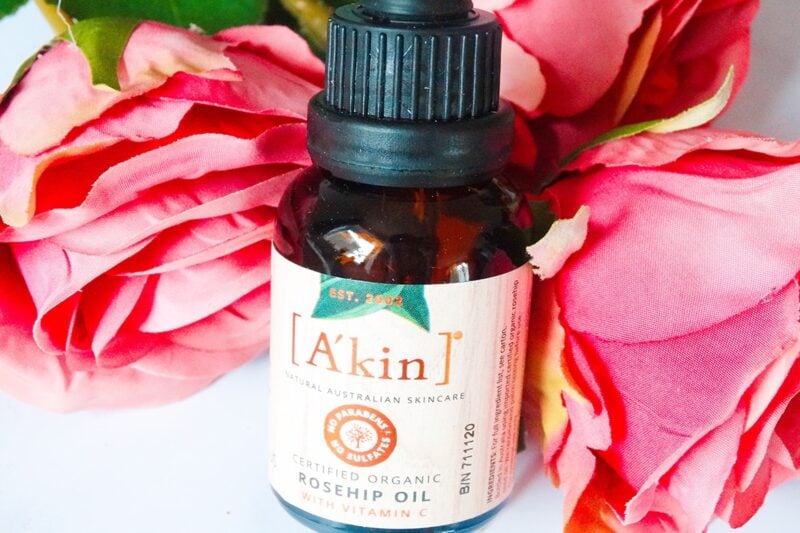
2. Stay Away From (Most Oils)
I’m not a huge fan of using oils on skin prone to adult acne. Your sebaceous glands already pump out too much oil. Add more and you’re just giving more food to P.Acnes.
It’s no secret oils contain fatty acids like Lauric acid that can clog pores. Coconut oil is the WORST culprit. It’s made up of 50% Lauric Acid!
And don’t get me started on essential oils, like citrus, geranium and sandalwood. The fragrant components that make them smell so good also cause inflammation. Guess what acne is? An inflammatory disease!
It’s enough to make you want to stay away from all oils, right? Personally, this is the approach I recommend. Using oils on acne-prone skin is playing with fire.
But… There’s an exception. Acne-prone skin usually lacks Linoleic Acid, a moisturizing fatty acid with anti-acne powers:
- Exfoliates: Linoleic acid helps your skin exfoliates on its own. If you’re deficient, those pesky dead cells are more likely to fall into your pores and give you breakouts.
- Regulates oil production: It inhibits the activity of enzymes (5α-reductase, to be precise) that trigger testosterone to produce more sebum than your skin needs.
- Soothes: It has anti-inflammatory properties that reduce redness and irritations.
You see why a Linoleic acid deficiency can worsen acne? Add it back in and your skin heals faster.
The trick is to choose the right oils. You want oils that are high in Linoleic acid and low in other types of fatty acids, like Oleic and Lauric. The best ones are:
- Evening Primrose oil (75%)
- Grapeseed oil (72%)
- Hemp seed oil (55%)
- Rosehip oil (45%)
- Safflower oil (68%)
Even so, I don’t recommend using oils too often. Three or four times a week is more than enough.
Best Picks:
- Kiki Health CBD Oil 5% (£40.00): available at Cult Beauty
- Now Foods Grapeseed Oil Sensitive Skin Care ($5.79): available at Walmart
- Trilogy Certified Organic Rosehip Oil (£19.50): available at Feel Unique
Related: How To Fight Acne With Oils The Right Way
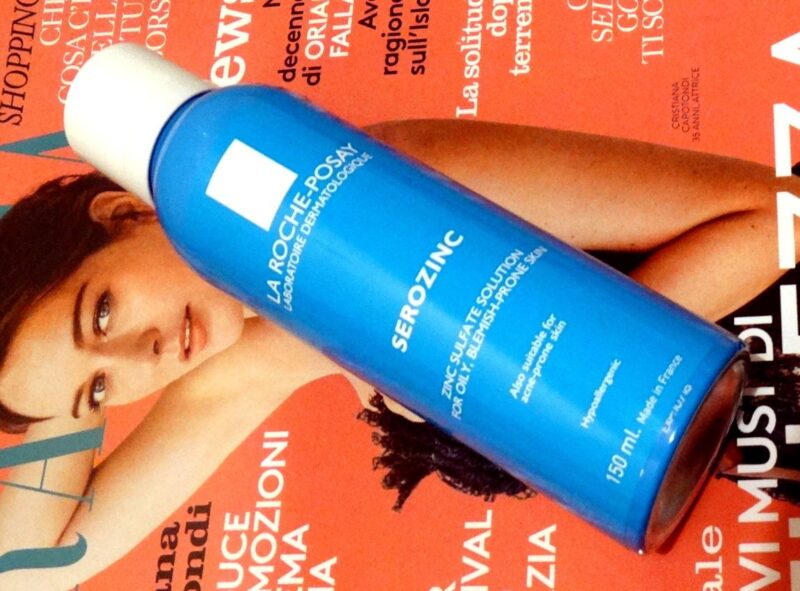
3. Reduce Oil Production With Zinc
Zinc is an essential nutrient your body needs to work properly. For example, wounds can’t heal without it. It also helps with acne:
- Oil regulation: It reduces the production of hormones responsible for excessive oil production.
- Soothing: It has anti-inflammatory properties that reduce inflammation and help treat acne, eczema, rosacea, psoriasis and other inflammatory skin conditions.
- Wound healing: Skin needs zinc to help wounds heal properly.
Let’s be clear: zinc can’t single-handedly rid of your adult acne. But these superpowers make it a precious alley in the fight against it.
Again, choose wisely. Zinc oxide is a common ingredient in skincare, but it works as an UV filter. It can’t fight acne. Zinc PCA is a better choice.
P.S. Skincare isn’t the only way to get your daily dose of zinc. If you’re dealing with acne, it’s a good idea to eat more zinc-rich foods, like oysters, beef and nuts.
Best Picks:
- Revolution Blemish And Pore Refining Serum 10% Niacinamide + 1% Zinc ($7.00): available at Asos and Beauty Bay
- The Ordinary Niacinamide 10% + Zinc 1% (£5.00): available at Asos, Beauty Bay, Cult Beauty and Feel Unique.
Related: Everything You Need To Know About Zinc For Acne
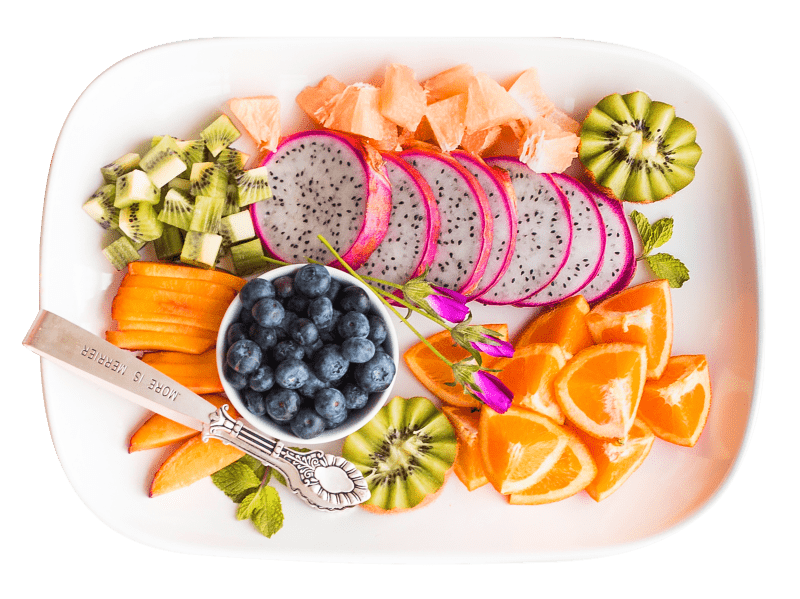
4. Tweak Your Diet
Acne is like any other disease. You can treat the symptoms, but you’ll never get rid of it completely if you don’t eliminate the cause. Often, your fave foods are to blame. Things like:
- Dairy: Lots of dairy products contain hormones that trigger the overproduction of sebum, leading to clogged pores.
- Processed foods: They’re loaded with sugar and other inflammatory chemicals that trigger inflammation in your skin.
- Sugar: It makes your insulin levels spike up. When this happens, your body also releases IGF-1, a hormone that triggers the overproduction of sebum.
- Food you’re sensitive to: Foods that doesn’t agree with your body (even if they don’t give you a full-on allergy), can cause inflammation and worsen acne.
FYI, I’m not saying you have to eliminate everything that tastes good from your diet and eat only raw carrots. You’re not a rabbit.
But if you’re dealing with adult acne, it’s worth to experiment and take out a different food every few days to see if your skin improves.
The triggers are different for everyone. Maybe your skin’s fine with milk, but when you eat a Big Mac, it erupts in pimples. Or it can take a few biscuits every few days, but it can’t cope with daily croissants. You get the drift.
The trick is to focus on what you CAN eat. Fruits. Berries. Fatty fish like tuna and salmon. Grass-fed beef and poultry. Eggs. Nuts. Vegetables, even. There are so many foods that taste good and don’t give you pimples.
Struggling to make the switch? Check out these 5 delicious alternatives to commonly problematic foods to help you get rid of adult acne faster.
Related: Is The Low Glycemic Diet The Best Diet For Adult Acne?
The Bottom Line
Adult acne is more common than you think, but that doesn’t mean you have to put up with it. A few tweaks to your skincare routine + diet can give it the boot once and for all. If you can only do one thing, go with salicylic acid. It’ll exfoliate your adult acne away and keep it from coming back.


Glo, along with adult acne comes the dreaded hyperpigmentation and melasma. Is this routine ok?
AM1: PC BHA, TO Alpha, Mad Hippie Vit C
PM1: TO Alpha, TO Nia, TO Retinoid
AM2: TO Glycolic, TO Alpha, Mad Hippie VitC
PM2: TO Alpha, TO Nia, TO Azealic
Nicole, you’re trying to do too much. If you use BHA, you don’t need Glycolic too. And I recommend you choose wither alpha arbutin or azelaic. There are different options because different people react differently to the same ingredients, not so that you can use them all and dry out your skin in the process!